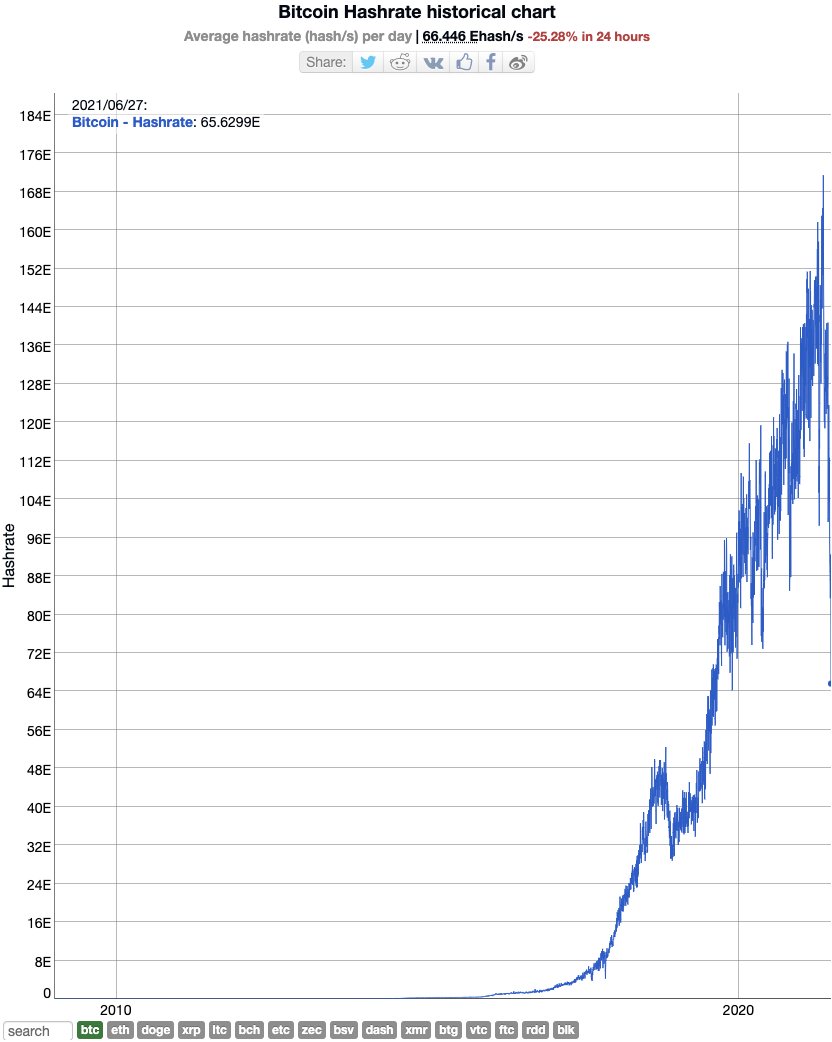
If there are 1000 people at someone’s door, they could call the police. Assuming they haven’t been abolished.
But if there are 1000 mobbing them online, there is currently no police force. Only slow reports and counter-mobs.
But if there are 1000 mobbing them online, there is currently no police force. Only slow reports and counter-mobs.
I wrote about this just prior to the social media-fueled disorder of 2020.
I think I correctly apprehended that online madness would soon translate into offline chaos.
But it didn’t need TikTok (video tweets were enough). And it happened faster than I expected.
I think I correctly apprehended that online madness would soon translate into offline chaos.
But it didn’t need TikTok (video tweets were enough). And it happened faster than I expected.
https://twitter.com/balajis/status/1204439063757033475
There are two resolutions to the situation of online madness and offline sanity.
The first is what we have seen: the mindless translation of media- and social media-fueled madness into the physical world.
The second is to set up online polities with physical levels of civility.
The first is what we have seen: the mindless translation of media- and social media-fueled madness into the physical world.
The second is to set up online polities with physical levels of civility.
The world is digital-first now. It’s flipped. Many people spend >50% of their waking hours looking at a screen.
So the society we model online is the society we build in the real world.
And social networks in their current form aren’t a society at all. 1729.com/network-union
So the society we model online is the society we build in the real world.
And social networks in their current form aren’t a society at all. 1729.com/network-union
Cryptographic moderation.
Community decisions on who to admit or ban, enforced by cryptography such that no external power can force their way in.
Community decisions on who to admit or ban, enforced by cryptography such that no external power can force their way in.
https://twitter.com/almerudcaspian/status/1411951242272817156
Today, we’re simultaneously seeing arbitrary deplatforming online and lawlessness in the physical world.
Tomorrow, we may have a written social smart contract online that prescribes pre-agreed proportionate digital penalties for social violations.
Justice, not mob “justice”.
Tomorrow, we may have a written social smart contract online that prescribes pre-agreed proportionate digital penalties for social violations.
Justice, not mob “justice”.
https://twitter.com/balajis/status/1368448051019354116
Much online behavior can be explained as number-go-up, but for likes.
The next generation of social networks needs to make sure these social reinforcements reinforce pro-social behavior.
The next generation of social networks needs to make sure these social reinforcements reinforce pro-social behavior.
One fundamental issue is that popularity is much easier to measure online than truth (at least, prior to blockchains).
Another is that what a group does in the short run is often not in their joint interest in the long run. Crowds drunk on rage — but then the hangover.
Another is that what a group does in the short run is often not in their joint interest in the long run. Crowds drunk on rage — but then the hangover.
• • •
Missing some Tweet in this thread? You can try to
force a refresh










